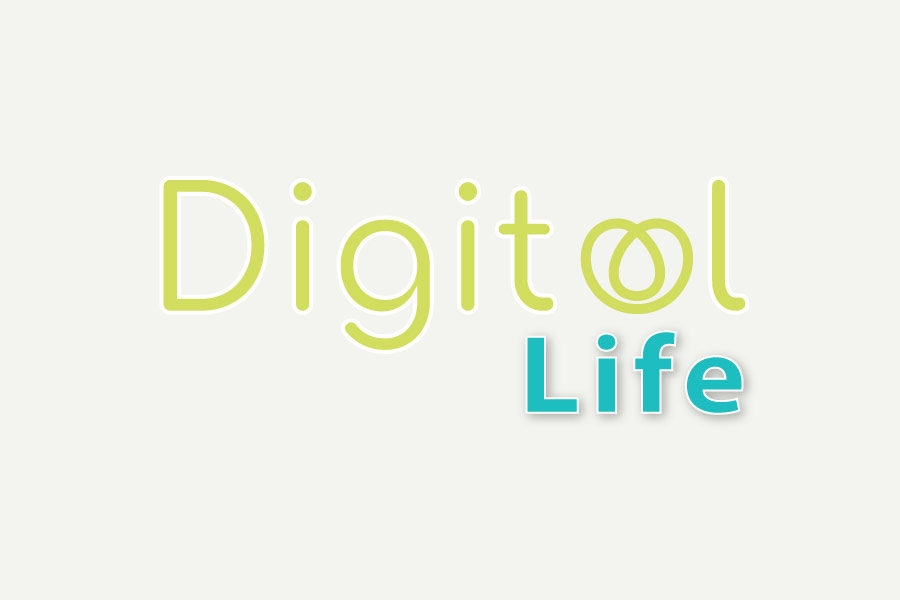Thus far, ArtsPond has gathered more than 150 pages of community input on Artse United’s vision for designing a cooperative digital future for managing the arts, including issues of “digital life”, “managing creativity”, “capturing insight”, “promoting justice”, and more in the visual, performing, and disability arts.
In Part 1 below, we share insights on the digital life of Ontario arts workers. See Part 2 for insights on the major barriers, practices, wants and needs for successfully managing creativity in the digital world, Part 3 for descriptions of impact practices for the arts, and Part 4 for explorations of digital justice in the arts.
Emerging insights to date on major challenges in the “digital life” of Ontario arts workers includes “hefty learning curves”, “fragmentation of creative and business practices”, and “loss of artistic productivity” due to the rapid pace of technological change.
Participating arts workers from greater Toronto, Sudbury, Ottawa regions also cited concerns with the accessibility, affordability, connectivity, and privacy of digital platforms, feeling that their digital lives are “political or curated”, and disconnected from their “tactile world and social sphere”.
They also seek platforms that “do not lose sight of the human element”, “streamline rather than complicate more”, are “attractive for a whole team to buy into”, do not “replace personal interactions, especially in initial contacts”, and do not “lose those people who do not engage digitally”.
Some expressed concerns about the availability and cost of broadband/internet access and connectivity in remote regions, while others with different abilities have been adversely impacted by the needs and realities of working digitally, such as “being too immersed in the digital space (that is) bad for my brain” or “my brain limits my interaction (in digital spaces)”, plus “lack of physicality of shared knowledge means that it is lost or forgotten, it is invisible”. Many also shared frustrations with being “at the mercy of changing versions of software or access” and the cost of equipment and software being prohibitive.
While there is deep pride in the “creativity” and “nonlinearity” of the arts industry as a whole, digital administrative services are seen as being “all over the place”. There is a desire for integrated systems to help manage many different practices arts workers engage in. There is also uncertainty how to replicate in digital platforms the same feelings of “pride and being seen and desired” that come with physical arts spaces.
Common anxieties for privacy included past and deleted work being found, data and information being used without permission, and a growing hesitancy to share data online with uncertainty in which platforms to trust in terms of privacy.
Many also expressed a lack of knowledge and resources to understand the wealth of data they have access to, with the capture and reporting of data living “everywhere and nowhere”. They want “analytics to be meaningful, not just tracking data for the sake of data”, and to foster greater consensus or collaboration in evaluation as an alternative to the current reality where “everyone we report to has a different form and impact measures.”
Wants and needs for future platforms to enhance their digital life includes improved accessibility, connectivity, automation, openness, customization, and a reduced ecological footprint. Desired features include centralized templates, data, and reports, interactive artist CVs and showcases, automated financial budgeting and reporting, integrated calendars and task management, and responsive visualizations that incorporate numerical, visual, spatial, tonal, mood, and other perspectives.
Much more to come. A full report is anticipated by Winter 2020.
